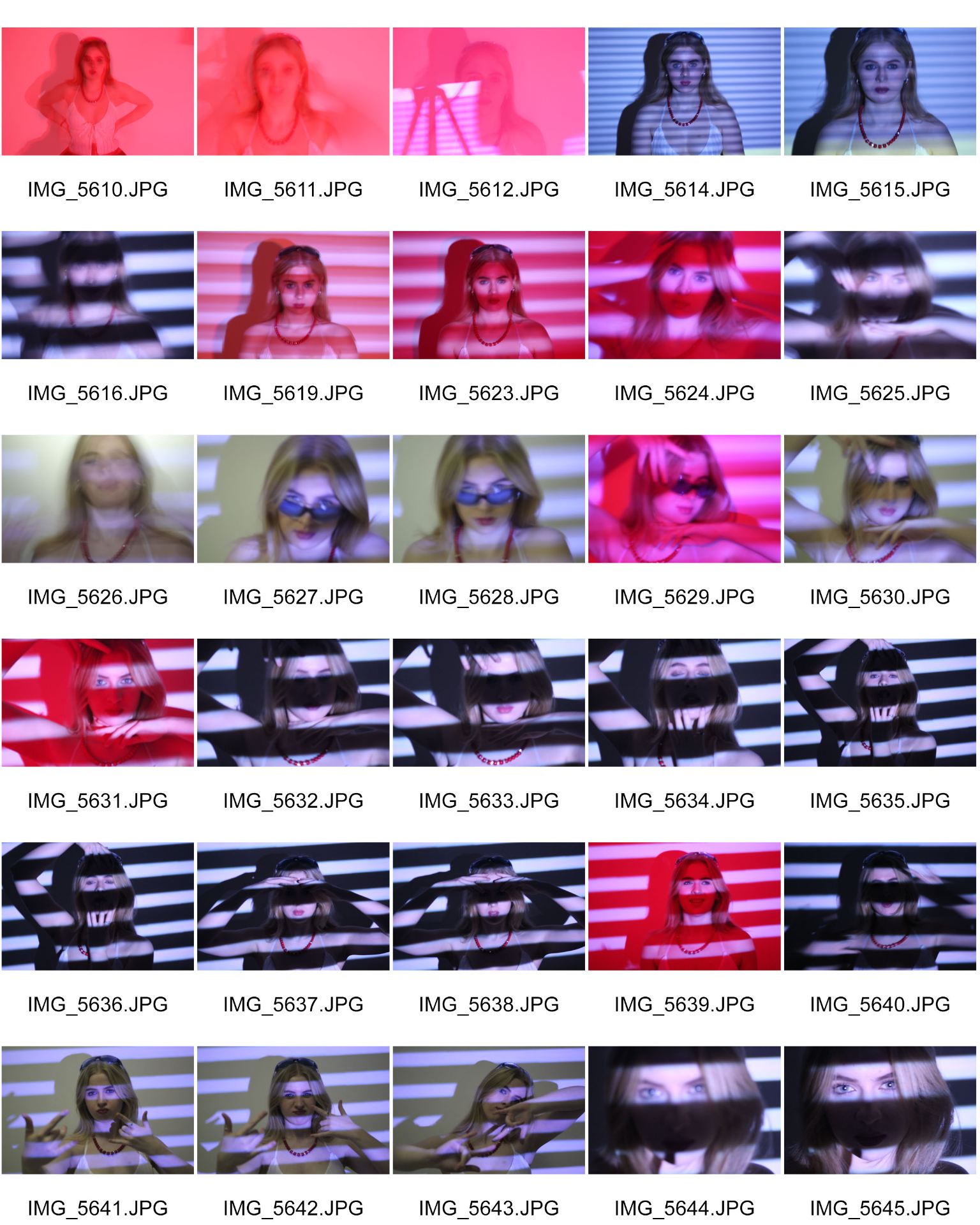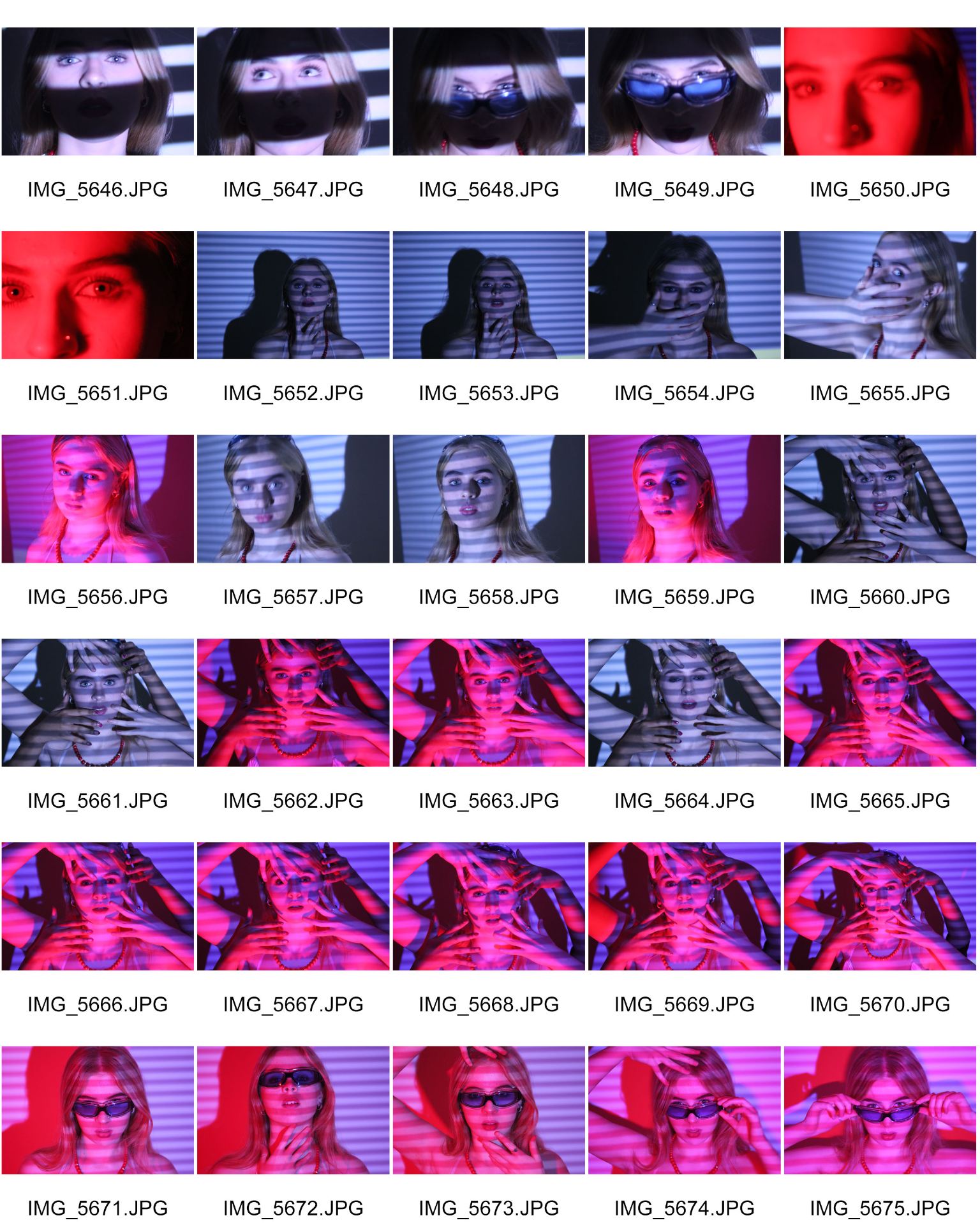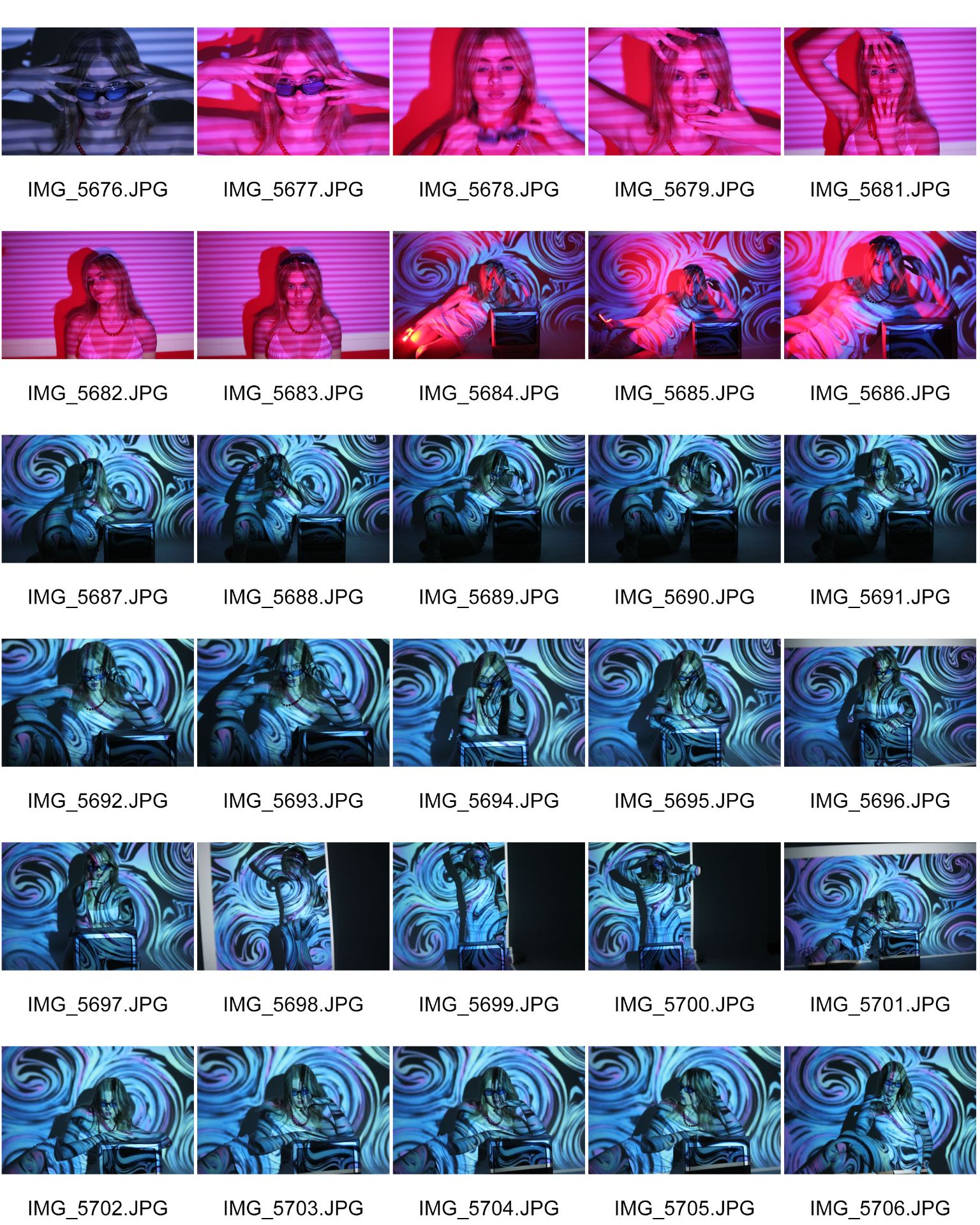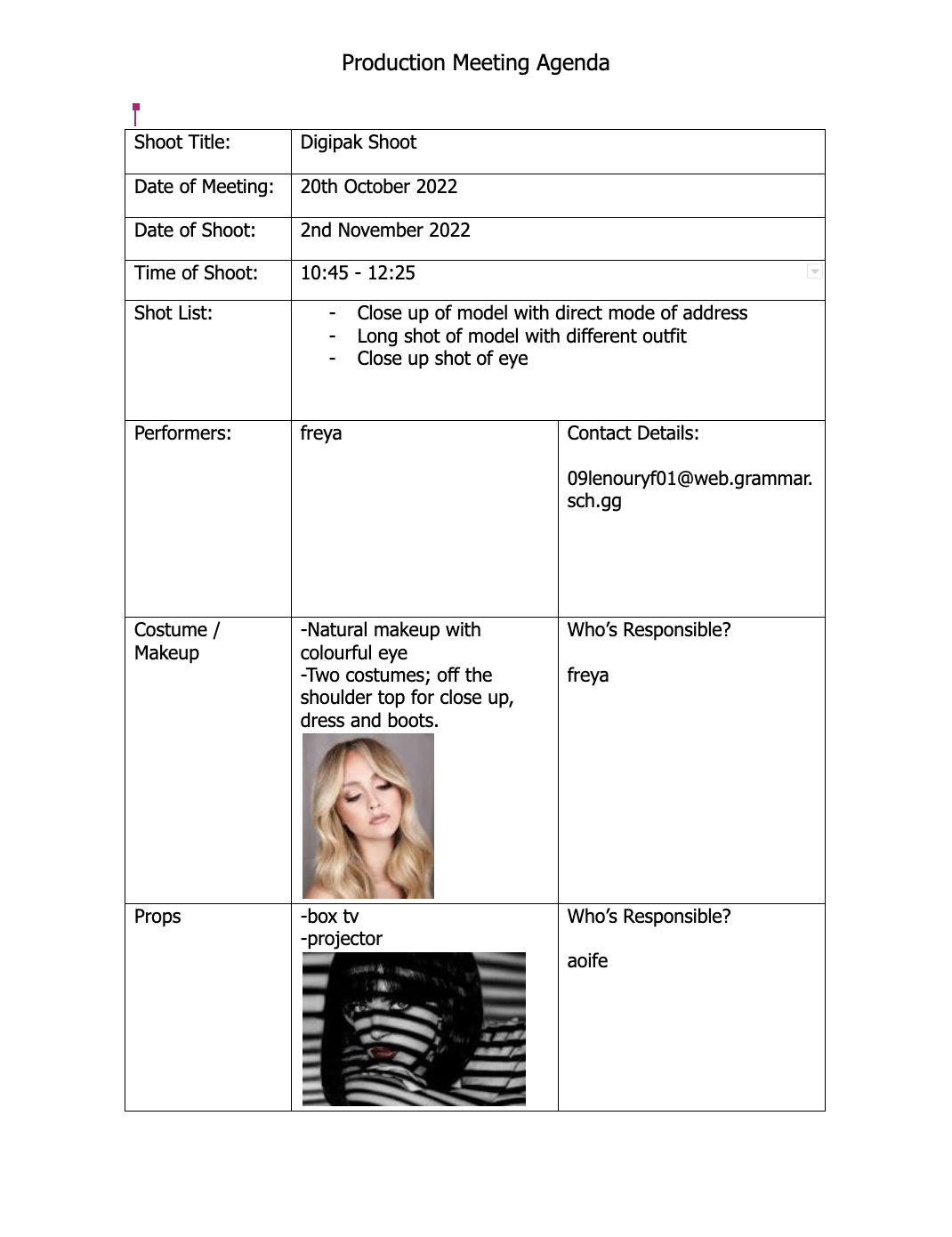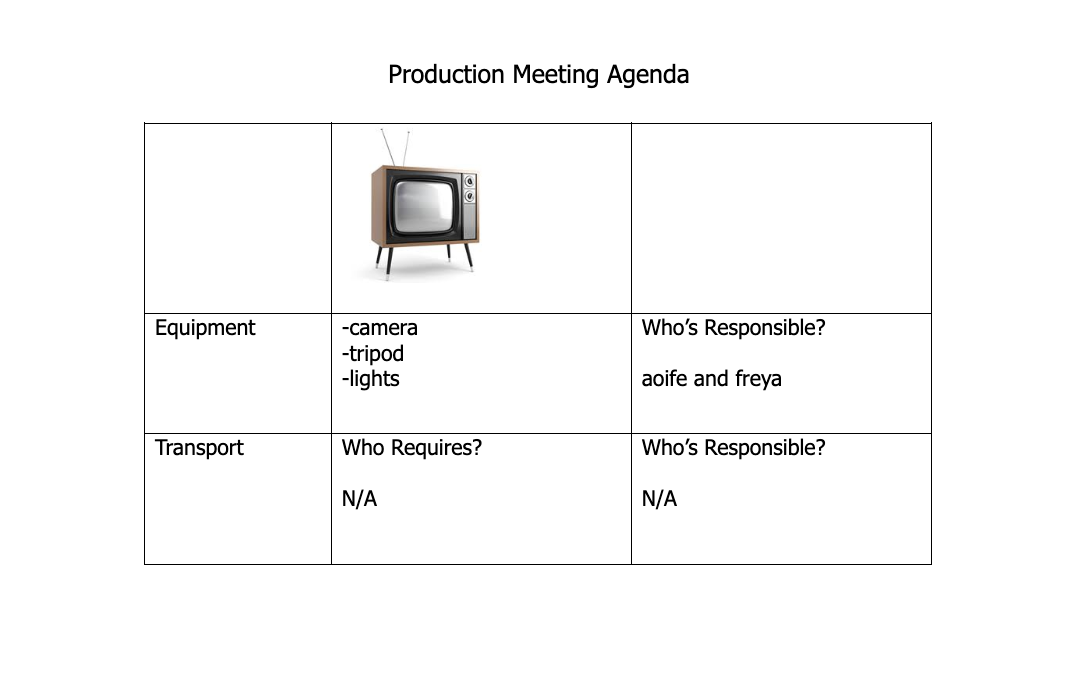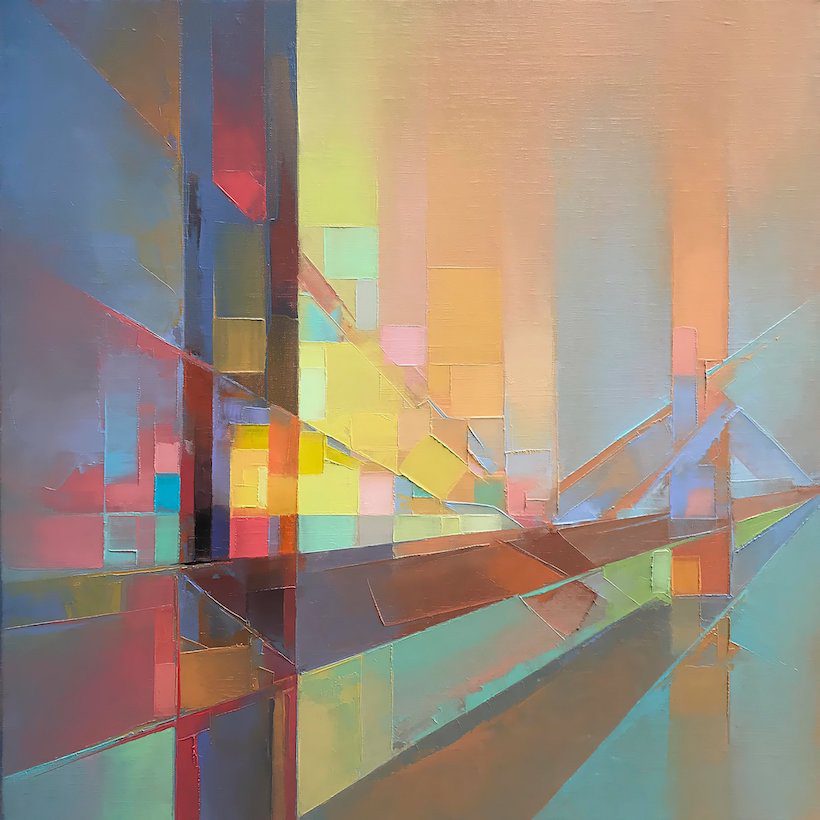My partner and I have now produced the final draft of our Digipak. Overall we are extremely happy with the outcome of our products as we believe it connotes to the genres that we aimed to promote. As well as this we believe it fits our ideal branding. We aimed for our star image and brand to be promoted as ‘ethereal’, ‘powerful’ and a ‘higher being’. Throughout our digipak, there is clear use of media language that help to keep our product inline with the blueprint (Altman) of our brand. The clear use of a consistent bright colour palette across the digipak creates a coherent brand and helps to promote our star as unique and ordinary yet extraordinary. Our use of a modern, bold, sans serif font helps to create a media text that entices a young audience. The use of simple and effective designs throughout the product allows for it to connote to many different ideas, such as a spiritual feel with the use of a ghosting and glow effect on the text used. We feel these elements help to create an exciting and attractive product.
Dyers proposition of ‘The Paradox of the Star’ allowed us to represent our star as extraordinary throughout our digipak product. To create a sense of mystery within our front cover, our star is shown as expressionless and emotionless which contrast the design choices of special effects and other features to give all of our panes and energetic and exciting feel. We wanted to stay true to our mission statement and follow a multi-genre vibe through our digipak and we believe that we have been able to do this successfully. Our digipak product clearly supports the statement; ‘you are able to gather different genres of music within it through different technical conventions and elements’. As well as this there is concise use of the common conventions often found within Pop, Electronica and R&B digipak’s. These conventions included, a close up of the artist facing the camera on the front cover to create a direct mode of address, as well as portraying our star as ‘god-like’ and ethereal’, and finally a psychedelic and hallucinogenic feeling often found within electronica digipak’s.
Changes Made Since Draft 3
- The change of font on “FREYA” on the front cover. This has been done to keep our digipak inline with our social media page, keeping our branding consistent throughout all our products. It has now also been centred.
- We have adapted and changed the colour palette used on the inside panes. The left side has been changed to a cooler blue tone as to fit in better with the other panes. The right-side has become lighter, with the eye being brightened and the blue and pink tones becoming the main feature.
- The spines have been changed to include the new font used for “FREYA”.
- Along with the front cover and spines, the use of “FREYA” in the TV on the back cover has also been changed to the new font to creating coherence.
Overall, as a pair, we believe that our digipak fits perfectly with our mission statement. It is clear the our digipak product offers a multi-genre effect to our audience and promotes an eccentric star image. Finally, we believe that our audience will ‘accept the text’ produced and we are very happy with our final product.


